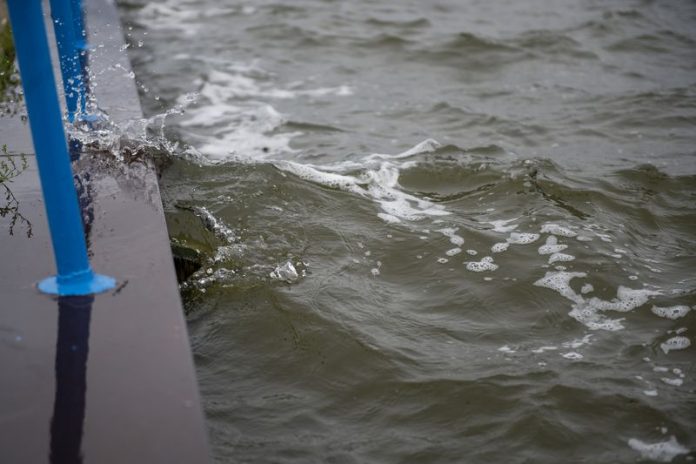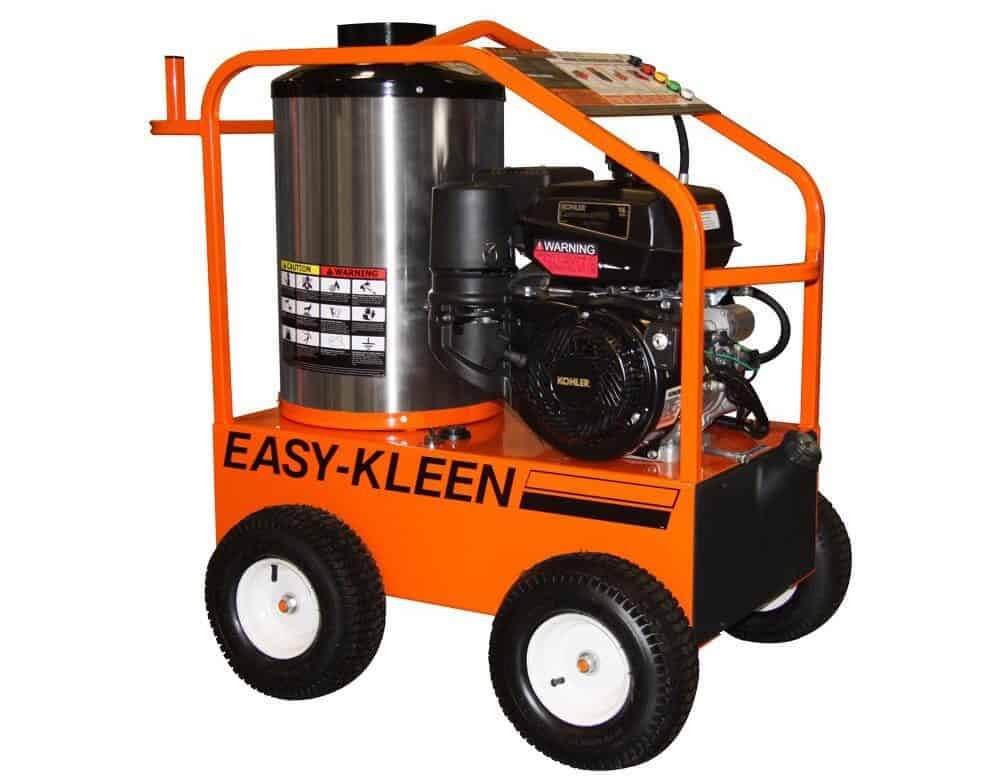BAY CITY, MI – The Bay City Commission will be considering whether or not to approve a contract during its Monday, Oct. 18 meeting with a company for a ‘pilot test remediation’ of the Middlegrounds Landfill, which is located in the middle of the Saginaw River south of the Lafayette Avenue Bridge. The proposed contract is with Regenesis Remediation Services (RRS) of San Clemente, Cal. for $39,358 to start a pilot testing phase for the remediation of contaminants at the site.
The landfill first was used in 1956 and MLive previously reported that the former dump was closed by the state in 1984.
The landfill was reported to have leaked harmful levels of polychlorinated biphenyls and other industrial chemicals into the river before a combined effort was undertaken to cleanup the environmental risks. In 1998, the city and Honeywell International entered into a consent decree with then MDEQ (now EGLE) to provide for the completion of a Remedial Investigation and Feasibility Study, the implementation of an Interim Response Action, and the submission of an approved Remedial Action Plan, according to the city. Honeywell and the city share costs related to these items, with the city’s share clocking in at 60.25%, said the agenda item.
According to the agenda item, the city and Honeywell currently use AKT Peerless Environmental Services as an environmental consultant for the site. AKT Peerless recommended using RSS due to the fact that it offers “trademark technology” that has proven successful in these types of situations and locations such as that at the landfill, said the agenda item. A bid waiver has been issued regarding this contract. The bid waiver states that the technology used by RSS is a patented product that is only offered by the company.
The proposed contract shows that RRS uses a type of technology called “PlumeStop Liquid Activated Carbon.” RSS states on the company’s website that, “PlumeStop accomplishes treatment with the use of a highly dispersible, fast-acting, sorption-based technology which captures dissolved-phase contaminants within its matrix-like structure. Once contaminants are absorbed onto the regenerative matrix, biodegradation processes achieve complete remediation at an accelerated rate.”













